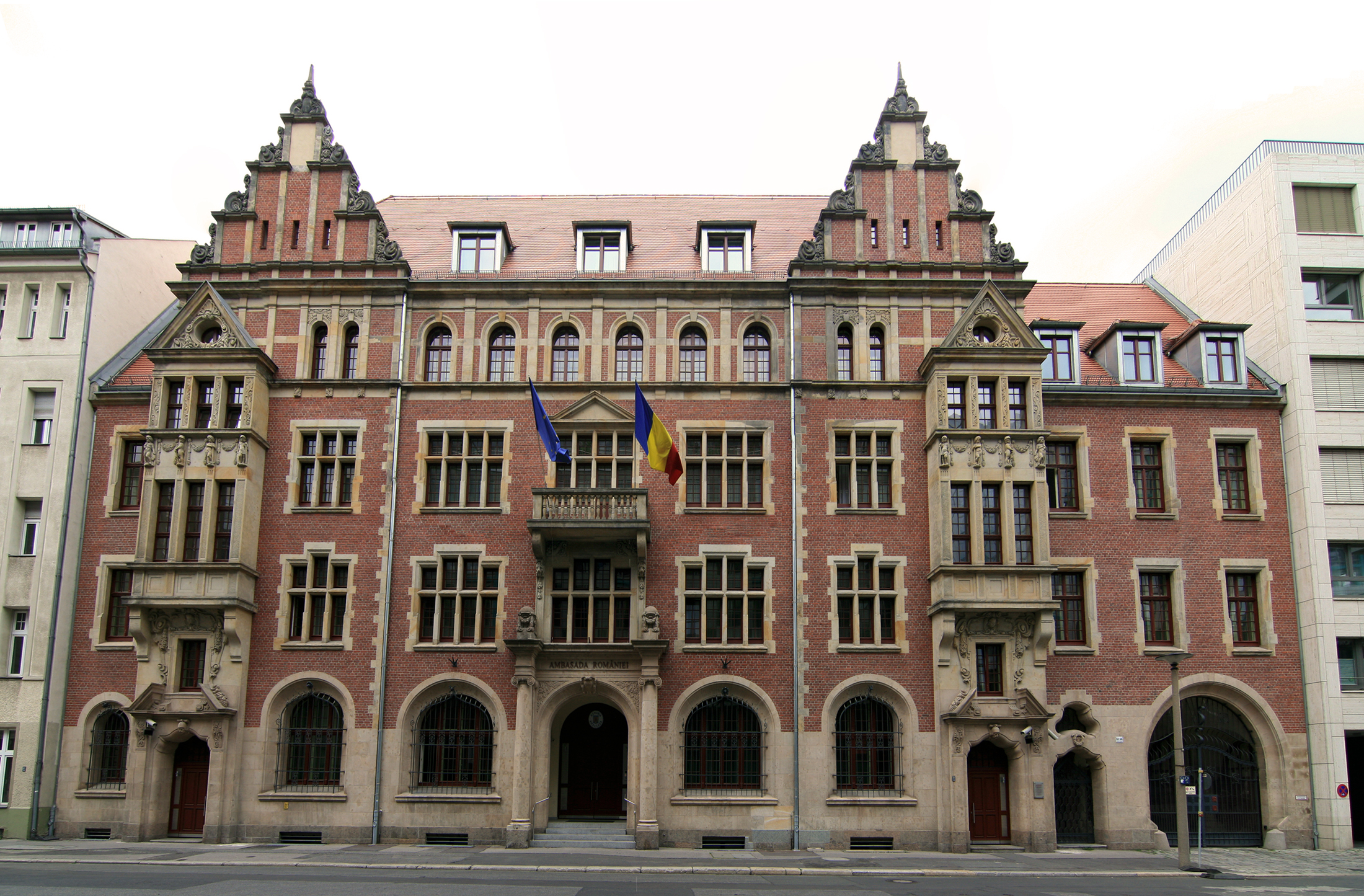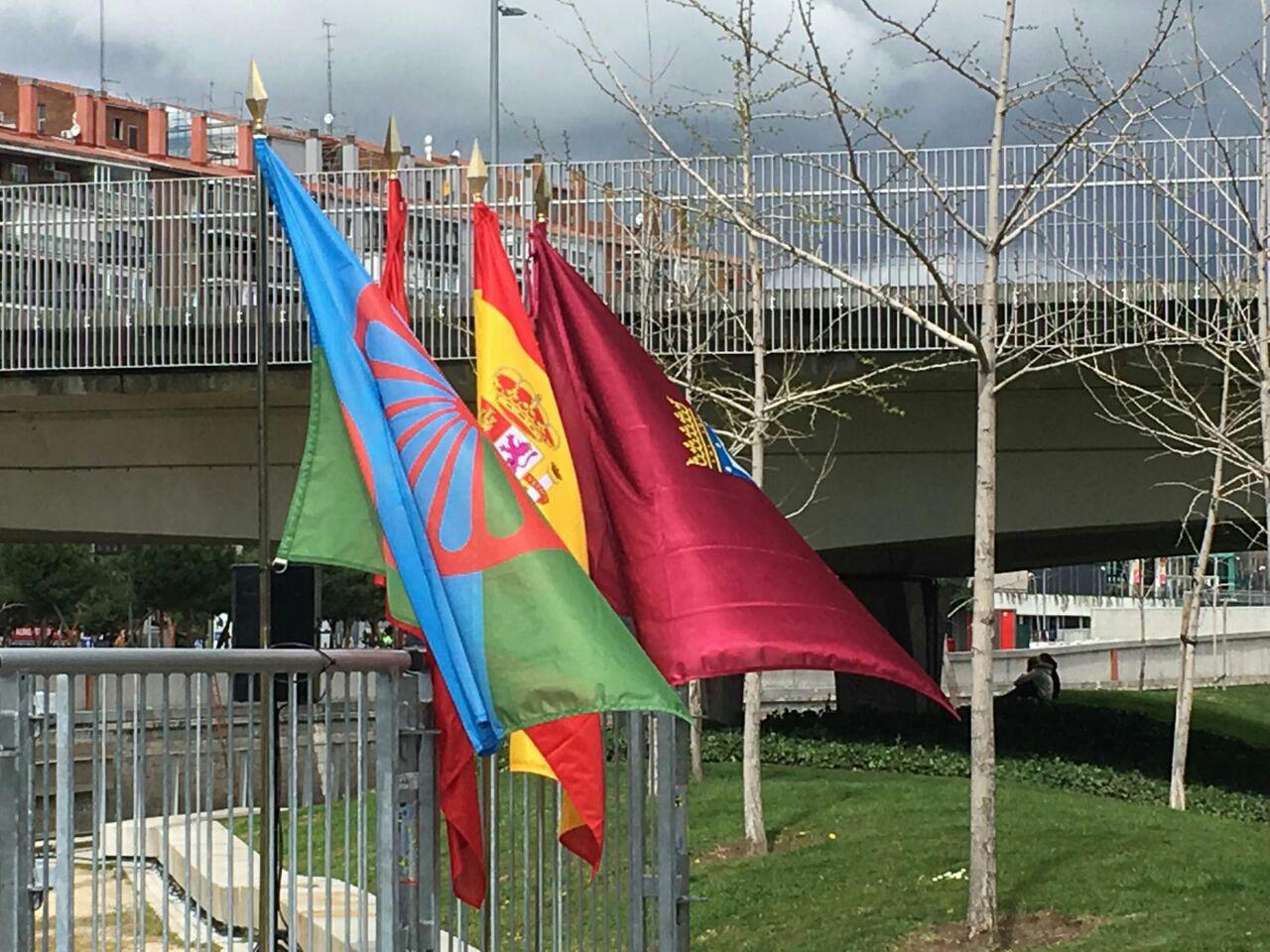|
Romani In Germany
Romani people in Germany are estimated to around 170,000-300,000, constituting around 0.2-0.4% of the population. One-third of Germany Romani belong to the Sinti group. Most speak German or Sinte Romani. History Origin The Romani people originate from the Northern India, presumably from the northwestern Indian states Rajasthan and Punjab. The linguistic evidence has indisputably shown that roots of Romani language lie in India: the language has grammatical characteristics of Indian languages and shares with them a big part of the basic lexicon, for example, body parts or daily routines. More exactly, Romani shares the basic lexicon with Hindi and Punjabi. It shares many phonetic features with Marwari, while its grammar is closest to Bengali. Genetic findings in 2012 suggest the Romani originated in northwestern India and migrated as a group. According to a genetic study in 2012, the ancestors of present scheduled tribes and scheduled caste populations of northern India, tr ... [...More Info...] [...Related Items...] OR: [Wikipedia] [Google] [Baidu] |
Romanians In Germany
Romanians in Germany are one of the sizable communities of the Romanian diaspora in Western Europe. According to German statistics from 2016, the number of Romanian nationals in Germany on 31 December, 2015 was 452,718, which was up from 94,326 in 2008. By the end of 2019, the number had increased to 748,225. History Emigration to Germany from Romania was common throughout the 20th century, and continued steadily way into the early 21st century. Large numbers of ethnic Germans of Romania (most notably Transylvanian Saxons and Banat Swabians) left the country prior, during, and after the events that ultimately led to World War II. In the times of the communist regime in Romania, albeit the borders were officially closed by authorities, significant numbers of Romanian-Germans were allowed to emigrate to West Germany, particularly in the later years of the Ceaușescu era. This formed part of a series of ethnic migrations (including Jews to Israel and Hungarians to Hungary), w ... [...More Info...] [...Related Items...] OR: [Wikipedia] [Google] [Baidu] |
Marwari (language)
Marwari (मारवाड़ी, IAST: Mārwāṛī; also rendered as ''Marwadi'' or ''Marvadi'') is a Rajasthani language spoken in the Indian state of Rajasthan. Marwari is also found in the neighbouring states of Gujarat and Haryana, some adjacent areas in Eastern parts of Pakistan, and some migrant communities in Nepal. With some 7.8 million or so speakers (ce. 2011), it is one of the largest varieties of Rajasthani. Most speakers live in Rajasthan, with a quarter-million in Sindh and a tenth of that number in Nepal. There are two dozen dialects of Marwari. Marwari is popularly written in Devanagari script, as are many languages of India and Nepal, including Hindi, Marathi, Nepali, and Sanskrit; although it was historically written in Mahajani, it is still written in the Perso-Arabic script by the Marwari minority in Eastern parts of Pakistan (the standard/western Naskh script variant is used in Sindh Province, and the eastern Nastalik variant is used in Punjab Prov ... [...More Info...] [...Related Items...] OR: [Wikipedia] [Google] [Baidu] |
Xoraxane
Xoraxane Roma in Balkan Romani language, are non-Vlax Romani language, Vlax Romani people, who adopted Sunni Islam of Hanafi madhab at the time of the Ottoman Empire. Some of them are Derviş of Sufism belief, and the biggest Tariqa of Jerrahi is located at the largest Arlije and Gurbeti Muslim Roma settlement in Europe in Šuto Orizari, locally called ''Shutka'' in North Macedonia have their own Romani Imamand the Muslim Roma in Šuto Orizari use the Quran in Balkan Romani language. Many Romanlar in Turkey, are members of the Hindiler Tekkesi a Qadiriyya-Tariqa, founded in 1738 by the Indian Muslim Sheykh Seyfullah Efendi El Hindi in Selamsız.YÖK Açık Bilim Muslim Roma practice religious male circumcision-Ceremony (Bijav Suneti) with great ... [...More Info...] [...Related Items...] OR: [Wikipedia] [Google] [Baidu] |
Muslim Roma
Xoraxane Roma in Balkan Romani language, are non-Vlax Romani people, who adopted Sunni Islam of Hanafi madhab at the time of the Ottoman Empire. Some of them are Derviş of Sufism belief, and the biggest Tariqa of Jerrahi is located at the largest Arlije and Gurbeti Muslim Roma settlement in Europe in Šuto Orizari, locally called ''Shutka'' in North Macedonia have their own Romani Imamand the Muslim Roma in Šuto Orizari use the Quran in Balkan Romani language. Many Romanlar in Turkey, are members of the Hindiler Tekkesi a Qadiriyya-Tariqa, founded in 1738 by the Indian Muslim Sheykh Seyfullah Efendi El Hindi in Selamsız.YÖK Açık Bilim Muslim Roma practice |
Gitanos
The Romani in Spain, generally known by the exonym () or the endonym ''Calé'', belong to the Iberian Cale Romani subgroup, with smaller populations in Portugal (known as ) and in Southern France. Their sense of identity and cohesion stems from their shared value system, expressed among the as the ('Gypsy laws'). Traditionally, they maintain their social circles strictly within their patrigroups, as interaction between patrigroups increases the risk of feuding, which may result in fatalities. The emergence of Pentecostalism has impacted this practice, as the lifestyle of Pentecostal ''gitanos'' involves frequent contact with ''gitanos'' from outside their own patrigroups during church services and meetings. Data on ethnicity are not collected in Spain, although the public pollster CIS estimated in 2007 that the number of ''gitanos'' present in Spain is probably around one million. Name The term ''gitano'' evolved from the word ''egiptano'' ("Egyptian"), which was the Old ... [...More Info...] [...Related Items...] OR: [Wikipedia] [Google] [Baidu] |
Wallachian Roma
Wallachian Roma or Vlax refers to a Romani community that migrated from what is today Romania (''Wallachia'') to Southeastern Europe (the Balkans) in the 18th and 19th centuries to escape the slavery in Romania. They speak Vlax Romani. *In Hungary (where they are known as ''Vlashika'' or ''Olah''), they migrated from Romania as part of the "Kelderara" migration wave, and are subdivided into the Lovara, Bougeshti, Drizdari and others. They are related to the Kalderash The Kalderash are a subgroup of the Romani people. They were traditionally coppersmiths and metal workers and speak a number of Romani dialects grouped together under the term Kalderash Romani, a sub-group of Vlax Romani. The Kalderash of the ... of the Balkans. They are far smaller than the Hungarian Roma (known as ''Romungri''), who mainly speak Hungarian. *In Serbia (where they are known as ''Vlaški cigani''), they migrated from Romania. They have converted to Eastern Orthodoxy and mostly speak Serbian fluentl ... [...More Info...] [...Related Items...] OR: [Wikipedia] [Google] [Baidu] |
Boyash
Boyash or ''Bayash'' (endonym: ''Bȯjáṡ'', Romanian: ''Băieși'', Hungarian: ''Beás'', Slovak: ''Bojáš'', South Slavic: ''Bojaši'') refers to a Romani ethnic group living in Romania, southern Hungary, northeastern and northwestern Croatia, western Vojvodina, Slovakia, the Balkans, but also in the Americas. Alternative names are Rudari (Ludari), Lingurari and Zlătari. History The Boyash are a branch/caste of the Roma who were forced to settle in the 14th century in the Apuseni Mountains, located in Transylvania, and work as slaves in mining (a regionalism for ''mine'' in Romanian: "baie," from Middle Age Slavonic). At the end of the 16th century the Boyash started migrating towards the south, in Wallachia, and the east, in Moldavia, where they were held as slaves together with other Romani groups (until the slavery was abolished in 1855–56). Another name for the Boyash, ''Rudari'', comes from the Slavic ''ruda'' ("metal", "ore"). As the mines became ineffic ... [...More Info...] [...Related Items...] OR: [Wikipedia] [Google] [Baidu] |
Kalderash
The Kalderash are a subgroup of the Romani people. They were traditionally coppersmiths and metal workers and speak a number of Romani dialects grouped together under the term Kalderash Romani, a sub-group of Vlax Romani. The Kalderash of the Balkans and Central Europe, in addition to the Gitanos and Manouche/Sinti, are seen as one of the three main confederations ( rom, natsiya) of Romani people in Europe by certain ethnographers. The Kalderash are recognized as the most numerous confederation of the three. Each main confederation is further split up into two or more subgroups ( rom, vitsa) based on a combination of factors such as occupation, ancestry, or territorial origin. Although originally referring to a specific vitsa of traditional coppersmiths, the name Kalderash is now applied to several Vlax-Speaking Roma groups. Because of this, significant differences in speech and culture can be seen in Western and Eastern Kalderash populations; as evidenced in the differences b ... [...More Info...] [...Related Items...] OR: [Wikipedia] [Google] [Baidu] |
Saxonian
Saxony (german: Sachsen ; Upper Saxon: ''Saggsn''; hsb, Sakska), officially the Free State of Saxony (german: Freistaat Sachsen, links=no ; Upper Saxon: ''Freischdaad Saggsn''; hsb, Swobodny stat Sakska, links=no), is a landlocked state of Germany, bordering the states of Brandenburg, Saxony-Anhalt, Thuringia, Bavaria, as well as the countries of Poland and the Czech Republic. Its capital is Dresden, and its largest city is Leipzig. Saxony is the tenth largest of Germany's sixteen states, with an area of , and the sixth most populous, with more than 4 million inhabitants. The term Saxony has been in use for more than a millennium. It was used for the medieval Duchy of Saxony, the Electorate of Saxony of the Holy Roman Empire, the Kingdom of Saxony, and twice for a republic. The first Free State of Saxony was established in 1918 as a constituent state of the Weimar Republic. After World War II, it was under Soviet occupation before it became part of the communist East Germ ... [...More Info...] [...Related Items...] OR: [Wikipedia] [Google] [Baidu] |






